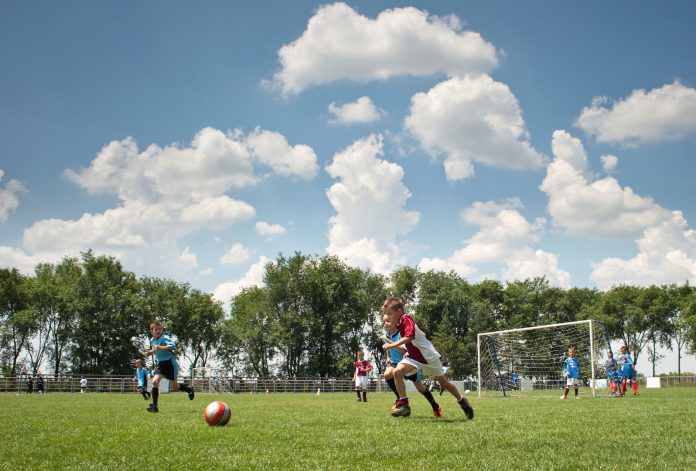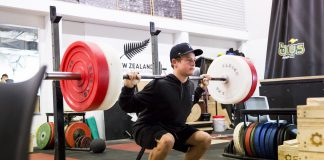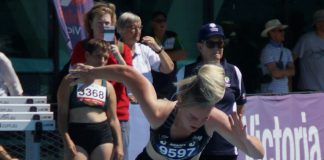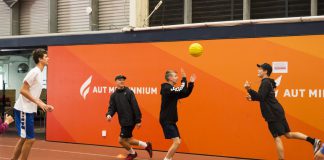Old school thinking says that, to make the top, athletes must do two things: work hard and train more than everyone else.
One of those factors is true: work ethic is incredibly important. Great athletes only become that way by turning up and putting the effort in, no matter what.
However, more isn’t necessarily better. In fact, for many youth athletes, doing more is one of the biggest barriers to their success.
The Training Process
In simple terms, training to get better at sport is a four-step process:
Train. Recover. Adapt. Repeat.
At any point, if the process breaks down, you stop improving. But, just as importantly, you put yourself at greater risk of getting injured.
The latest statistics from ACC NZ report that 28% of teenagers aged between 10 and 19 injured themselves playing sport over the last 12 months.
That’s 2 players in your netball team, or 4 from your rugby team’s starting lineup who will be unavailable to play every weekend! Think about that for a minute.
So why are so many youth athletes getting injured?
Fundamental movement skill training is neglected
Fundamental movement skills are the basis of all sport-specific performance. Take basketball rebounding as an example. To do it effectively jumping skills are essential. With poor technique you will never maximise how high you can jump and take the ball in the air.
However, more importantly, the muscle strength and flexibility development that comes with movement training is critical to landing safely. By neglecting this type of training you’re putting yourself at much greater risk of injury.
And don’t be fooled into thinking that strength training* is only for older athletes. With experienced guidance it is something that all young athletes should be performing. The age-old myth that strength training “stunts a young person’s growth” is exactly that: a myth. There is plenty of evidence to prove it.
Training load is too high
Youth athletes are overloaded. So much so that many are training and competing at levels higher than what elite athletes do.
This makes no sense considering elite athletes are much better prepared (physically and mentally) to handle higher training and competition loads than their younger, less developed and experienced counterparts.
Comparing the youth to the elite athlete
The issue is easily highlighted by comparing weekly schedules. Let’s use netball as an example.
- Elite athletes play only netball. Most youth netballers play at least one other sport**.
- Elite athletes do between 3 and 5 sessions of high intensity exercise per week. Youth athletes do up to 6.
- Elite athletes play one game a week for one team. Many youth athletes play 3 games for 3 different teams.
- Elite athletes have an individualised recovery plan, including adequate sleep and a specific performance diet. Most youth athletes don’t.
Research investigating the best ways to recover as a high performance athlete shows that adequate rest between trainings is the one of the most important things. Something that youth athletes are simply not getting.
Adopting a method of monitoring exercise load, and understanding how much is too much, is something every youth athlete should be doing.
Focus on what matter most
It’s easy to get caught up in the belief that more is better. However, simply adding more is the method everyone else is currently doing and youth athletes continue to get injured.
Training hard is important but including the right types of training into your schedule and recovering well means athletes are much more likely to keep the unwanted injury at bay.






































